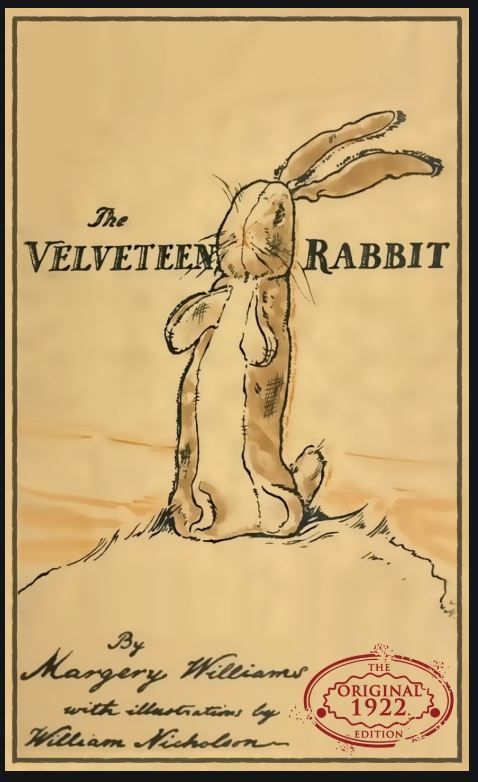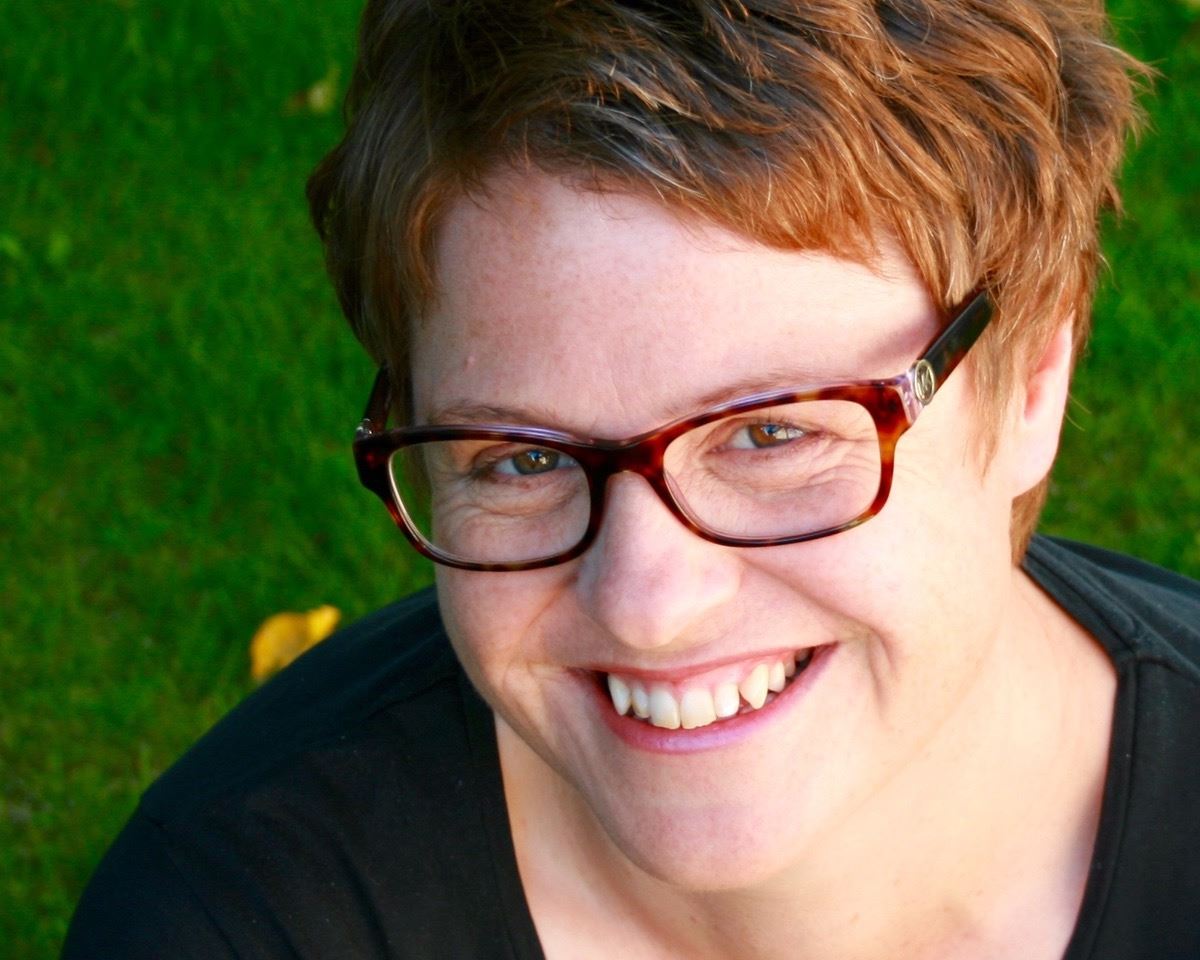Contributed by Rachelle Martin, PhD, Burwood Academy of Independent Living
 I sometimes think, just like the Velveteen Rabbit who didn’t become REAL until it was loved and used, research findings don’t become REAL until they are used and ‘loved’ into meaning:
I sometimes think, just like the Velveteen Rabbit who didn’t become REAL until it was loved and used, research findings don’t become REAL until they are used and ‘loved’ into meaning:
To take creative license ….
REAL … is a thing that happens. It doesn’t happen all at once. It takes a long time.
That’s why it doesn’t happen for [every bit of research] – it might not happen for knowledge that might break easily, or have sharp edges or have to be carefully kept.
Generally by the time [research] is REAL, most of its shine has been rubbed off, its pontificating has dropped out, and it might even look a bit shabby.
But these things don’t matter at all, because once it is REAL, it can be used and useful and loved by people who actually have to put it into practice.
For my PhD, I evaluated whether therapeutic horse riding (as delivered by the NZ Riding for the Disabled Association; NZRDA) optimised health outcomes for children and adolescents experiencing disability.
What did I do to share the results of the research?
- I made sure findings were reported in published papers within peer-reviewed journals
- I worked within the NZRDA – liaising with both the Board and national training team
- I conducted workshops for therapists and coaches who coordinate riding sessions - to help them to integrate findings into their existing understandings, role experience and clinical expertise.
- I ensured that volunteers (upon whom the NZRDA depend) heard about the study findings and recommendations by presenting at the yearly NZRDA national training days. In this forum, I particularly focused on ensuring that the messages they heard were based on agreed-upon concepts – e.g. what is health, what is being aimed for when we provide health-optimising interventions, what do we mean by child- and family-centred practices etc.
All of these different avenues for dissemination were directed at making sure that the PhD research findings related to what is already happening within the 50-odd NZRDA groups across NZ, while also extending and challenging the way things are done.
But, in my opinion, the most helpful to make the findings REAL were the workshops that turned into a giant discussion. In this forum, coaches and volunteers had the opportunity to talk together about how the findings related to specific riders they were working with, how they could start to think about the policy implications, or how they could provide training so that services could be delivered consistently with the research recommendations.
And this is true for all organisations that I have been involved with. It is only when the new knowledge gets applied to a specific context that it becomes relevant. And it is only when it is applied and used again and again that it becomes REAL.
To help with this process of ‘research being used’ within the NZRDA, I have worked with a graphic designer to develop some simplified (i.e., more simple than a thesis or a journal article) resources. The infographic and the comic (for riders) were created make it easier for people to share ideas, to talk to riders and their families about the benefits of riding, and to feel more comfortable using the research results in funding applications and training materials. They can be put on websites and Facebook pages, they can be handed out to riders, they can be hung on arena walls, and they can be included in training materials.
I am committed to not leaving the results of research in the journal, or even in a blog. I am committed to playing my part in helping clinicians to make research REAL.
Let’s all find ways to ensure new knowledge is used and useful and loved.
- If you want to ask more about therapeutic riding and how it optimises health outcomes for young people experiencing disability, feel free to email Rachelle at rachelle.martin@otago.ac.nz
- If you would like a copy of the infographic or comic, they can be accessed at: http://hdl.handle.net/10523/9019
Matt, the graphic designer, can be contacted via: http://mattthewlaw.com/